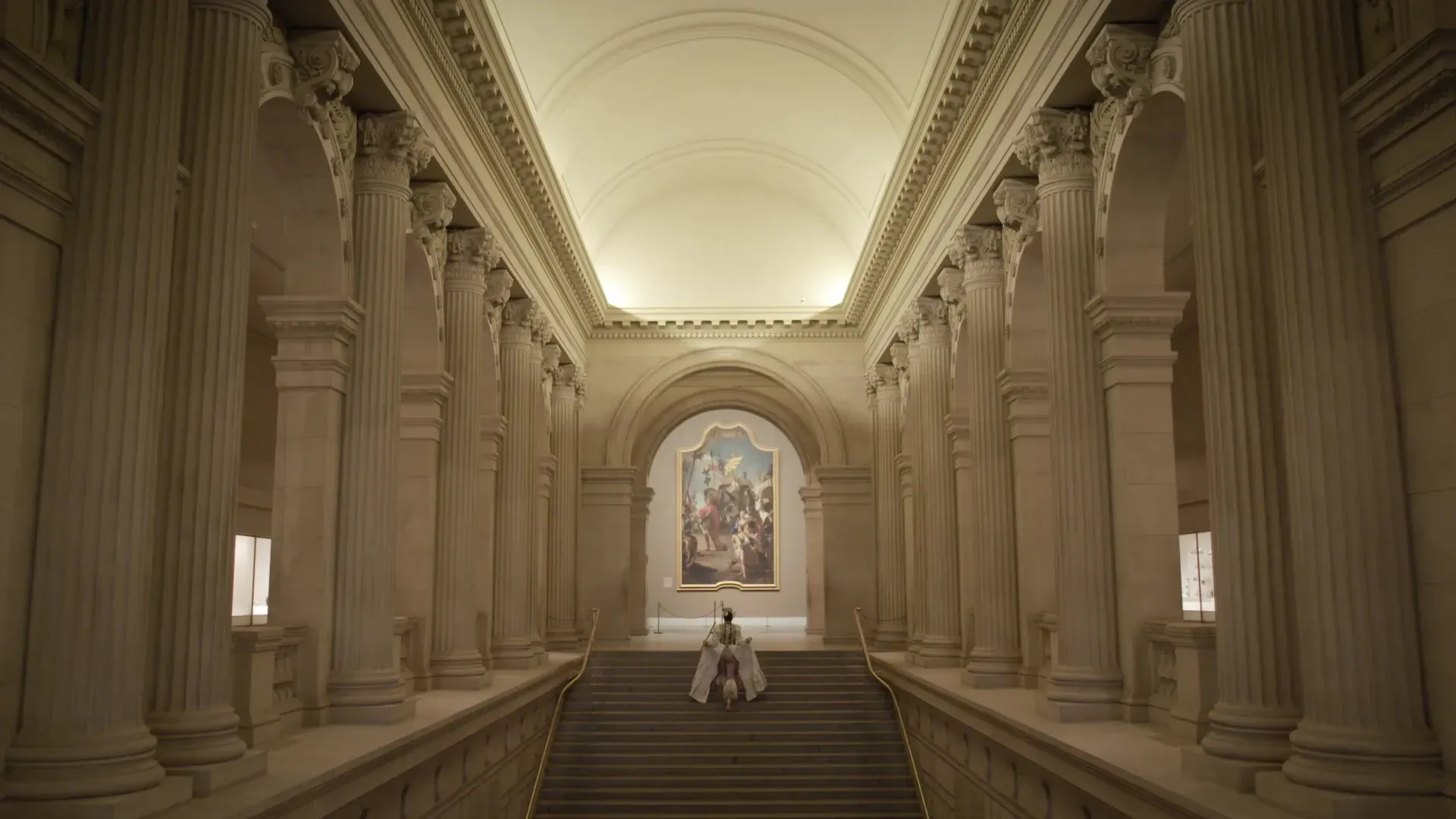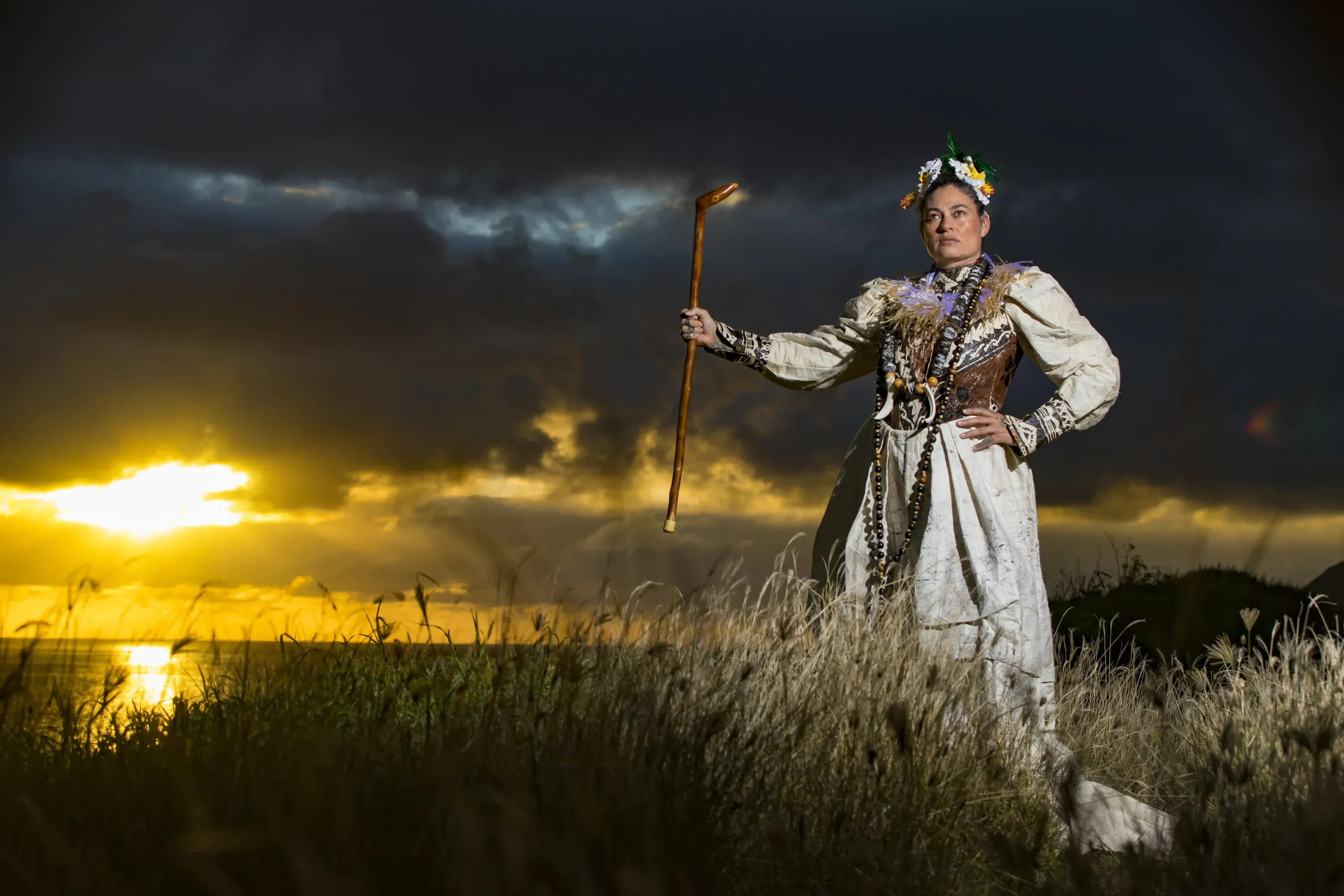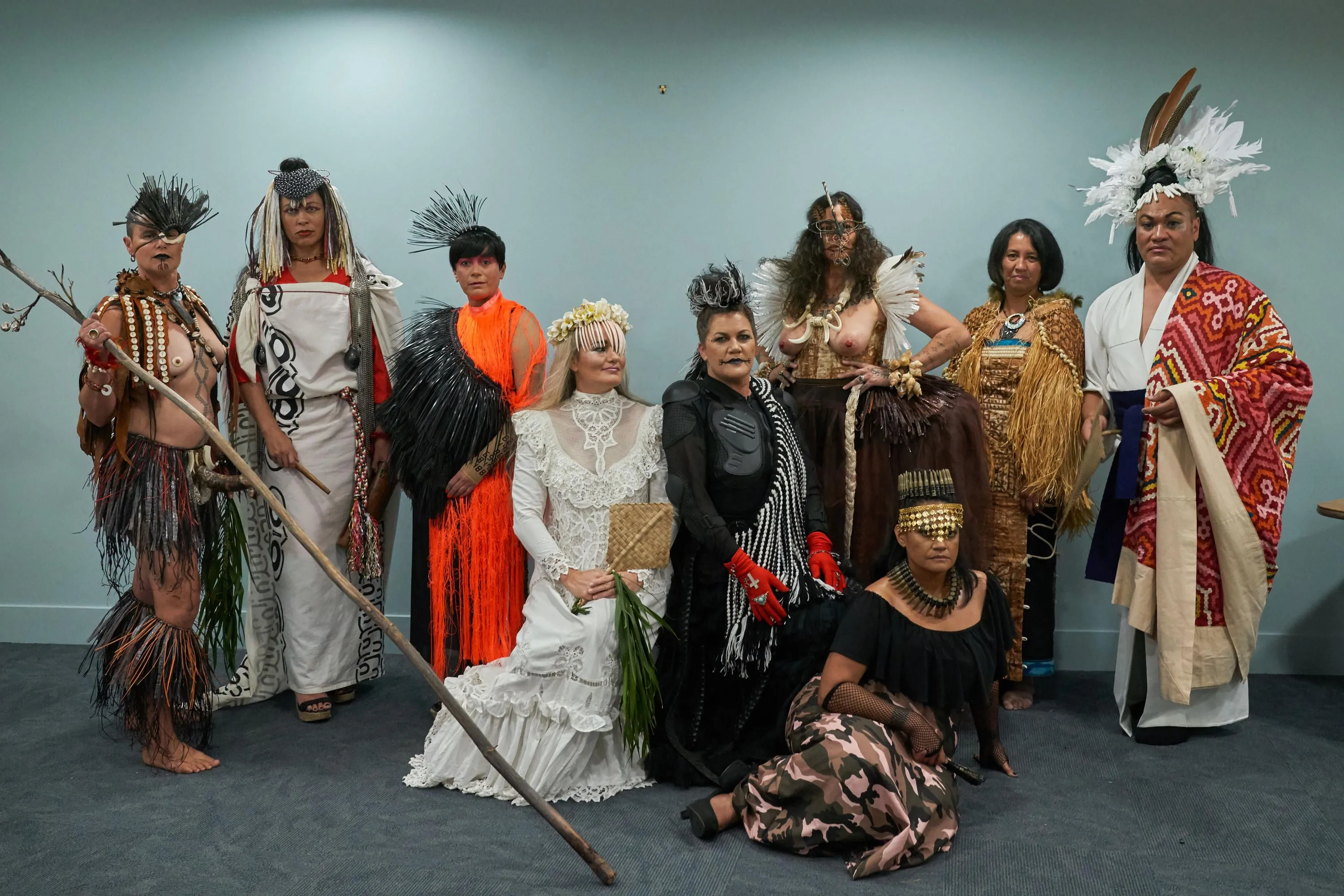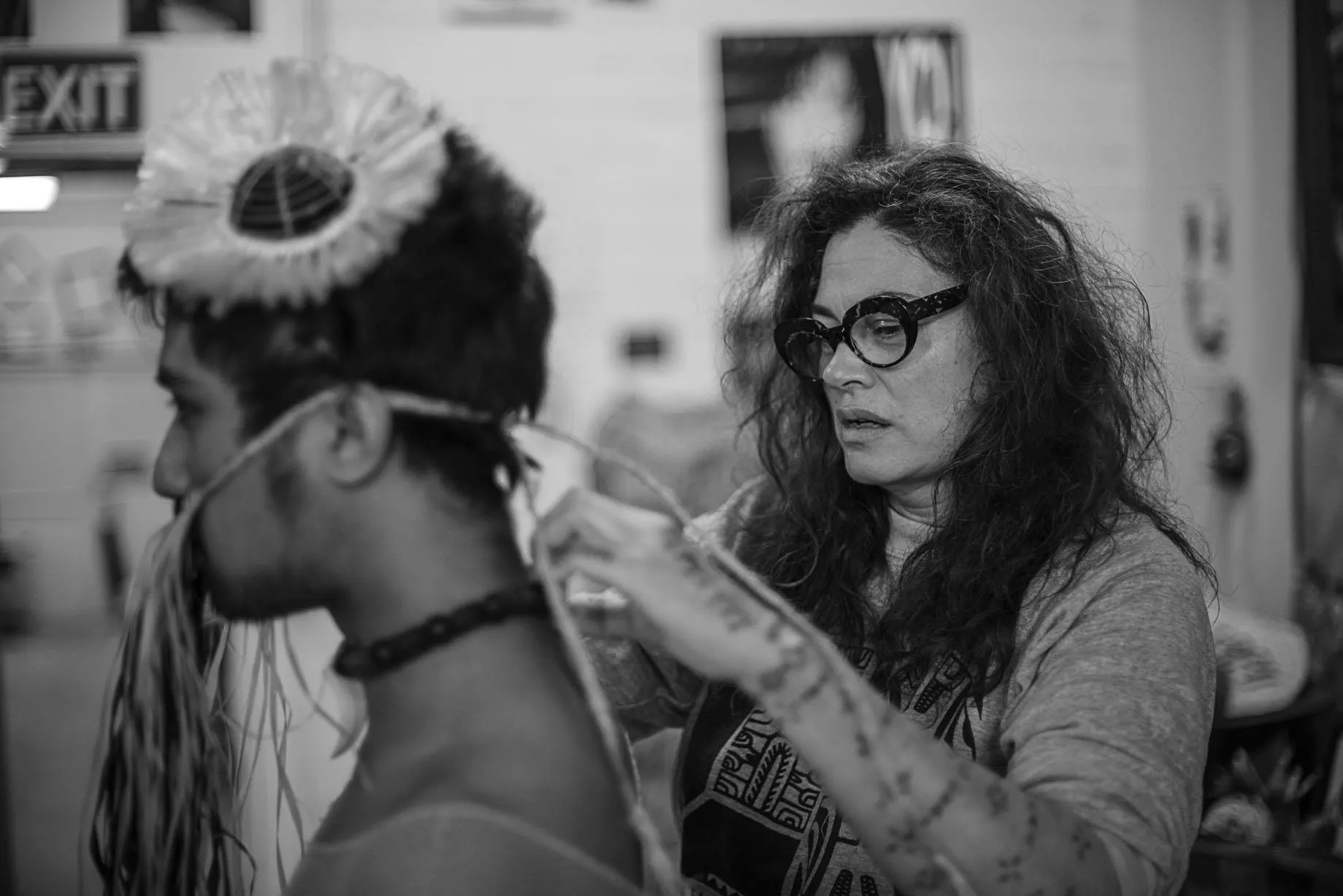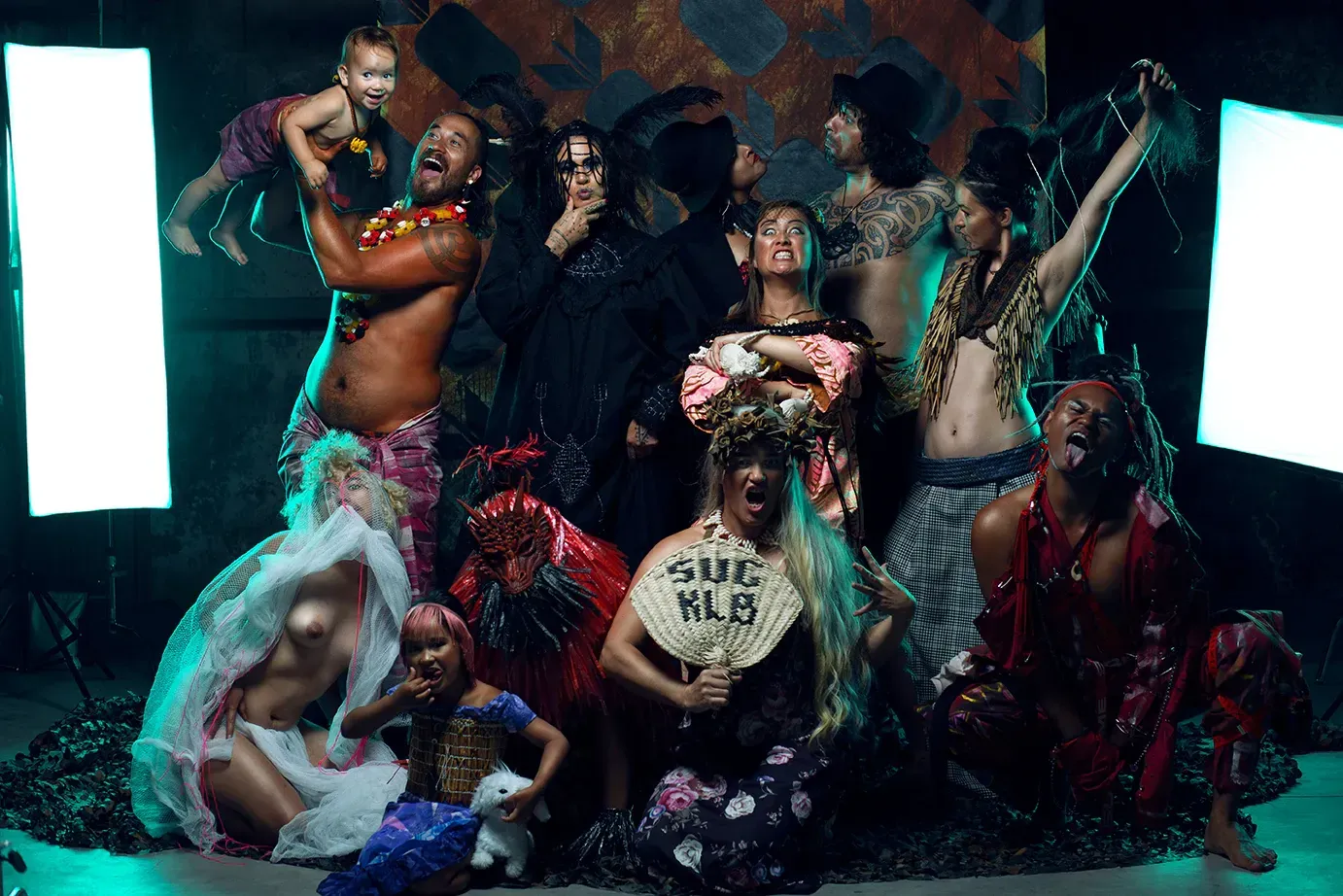(Re)centring Indigenous (Con)texts
Written by
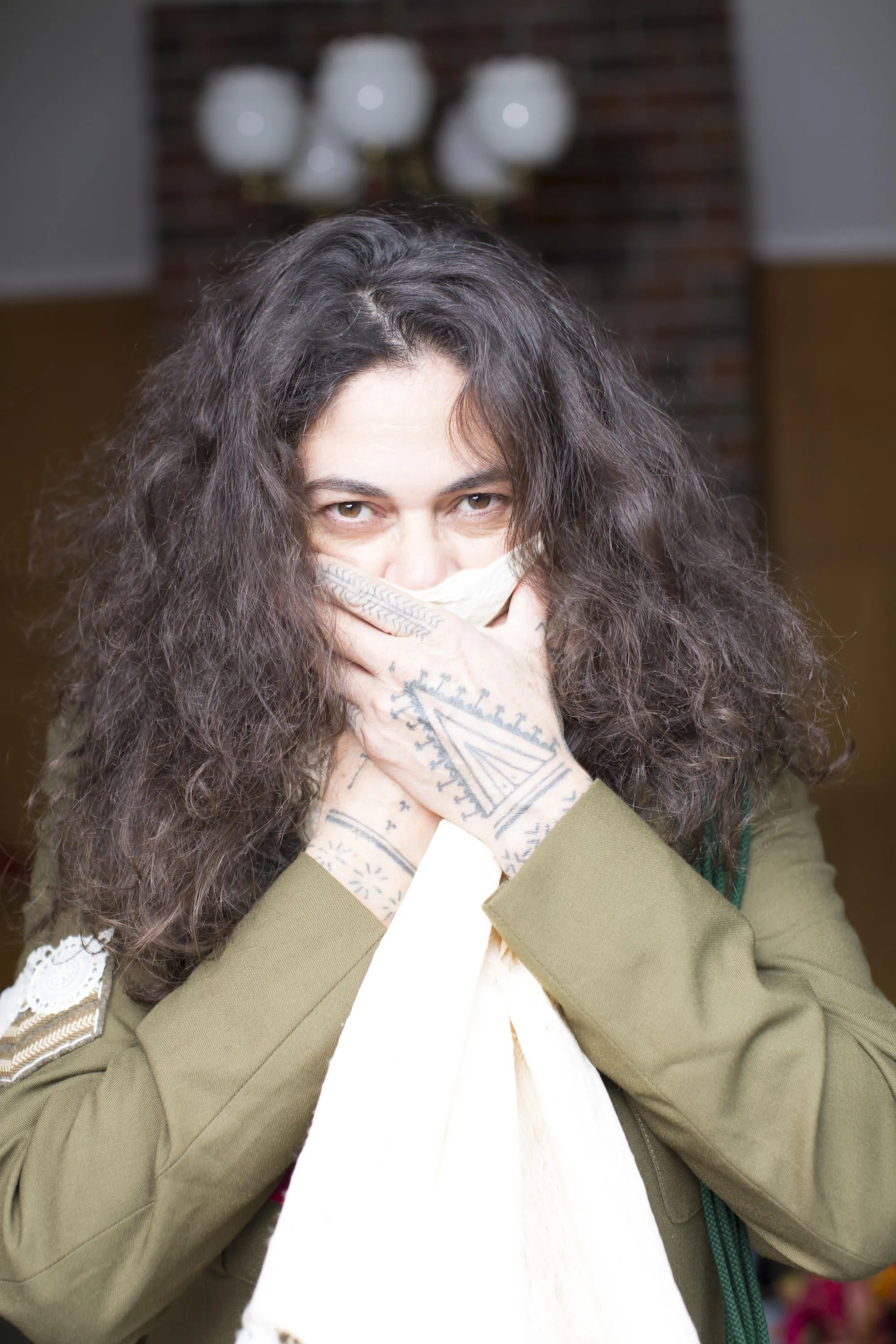
We are all sitting in the predicament of the many current crises, and in order to move forward, we need radical reimagination. The work of one artist, Rosanna Raymond whose practice is rooted in diasporic identity and Pro’nesian desire is all about living out her activist academic values.
She is a New Zealander of Samoan and Pākehā descent, with her practice focused on costume design, spoken word, adornment and multimedia performance art. She is a founding member of two artist collectives, SaVAge K’lub and the Pacific Sisters Collective, who last year celebrated over twenty-five years together with a retrospective exhibition at the national museum Te Papa and Auckland Art Gallery.
Raymond explains her three decades of fashion activism, performance, creativity and most importantly storytelling:
“I had been a maker and a performer bringing my creations to life, telling stories both my own and from my cultural heritage through costuming performance and poetry. It was in the developing of my storytelling that I began a research-based practice.
“I certainly had not been trained in research methods but it became an important part of my process that informed my creative practice. It was from the ‘myths and legends’ of Samoa and the Pacific that my own cultural enlightenment started as I craved to unpack our inherited colonised histories.
“It was during this time of research (during the ’90s) that I developed some of my own thinking. If words were the highest form of art, then as a storyteller I was an artist. If hula was the first form of prayer and used to decorate the words ...I connected the body as a way to tell these stories. Then adorned this storytelling body in fibres and materials to whakamana the story…every movement connected to the story.
“I was not a dancer, nor creating fashion, though I was fashioning things. As far as I was concerned, I was personifying the story though adornment, movement and sound connecting the past to the present.”
Backstage Pacific Sisters Fashion Activists opening, Te Papa Tongawera Photography: Kerry Brown 2018
Acti.VA.tion, SaVAge K’lub - SaVAge Klub Whanau portrait, Photography: Pati Tyrell 2018
Although her combined practice stretches beyond performance art, Raymond’s body of work confronts the Western colonial exoticism of Pacific Peoples, and the eroticising of the Polynesian female form. By using her body to reimagine and disrupt the mid-eighteenth-century Western motifs of the Pacific Islanders’ ‘noble savage’, she is engaging with and challenging colonial imagination.
Raymond states “I set out to find a way of reworking those images of ‘the exotic dusky maiden.’ She was part of our heritage after all. I wanted Pacific islanders to be able to reclaim her, to bring her back under our control.”
Acti.VĀ.tion, Backhand Maiden Westside, SKHBHQ Honolulu Biennale, Photography: Pākē Salmon 2019
The established non-conforming and disruptive art practice described is a representation of possible Polynesian identities defined through self-determined culture. It’s about disengaging and (re)contextualising history that is often framed through the bias of colonisation, where the representations of non-Western peoples and their cultures begin with late nineteenth and early twentieth-century systemic collection of artefacts and anthropological practices as an academic domain. Once this self-reimagining emerged, there was no way of turning back. Its power carries on through today.
“The social and political nature of the New Zealand-born island community was changing. We were becoming more visible, finding ways to tell our stories using the arts as a platform to ‘talk back’ to 100 of years of colonising, evangelism and the western paradigm. We were finding ways to define ourselves, outside of the islands yet as outsiders to New Zealand.
“At the time, anthropologists and various other academics were noticing something new happening in Aotearoa. Most were concerned with what was authentic or wrote about a new hybrid culture developing in New Zealand.
“This was my first contact with academia, as I started to read some of the texts and was bemused - as was a lot of my creative community - about the way our work was written about. We still had no way to voice our experiences or perspectives. This, it seemed, was deemed to be the role of the Western-educated expert. Not coming from a university education, I had no way of placing my body/voice into these (Con)texts. One thing was for sure, I wanted to find a way to assert my own perception of what I was doing. Not to be told by someone who had only been in the community for a few weeks writing about us as the expert.“
Culti.VA.tion, Ana Pekapeka Studio - with Jaimie Waititi,52 Artists 52 Actions online exhibition, Artspace Sydney, Photography: Jermaine Dean 2018.
FAB.rication, Ana Pekapeka Studio, Corbans Estate Art Centre. Photography: Raymond Sagapolutele.
By deconstructing the well-known format of institutional space where the Anglo-Western norms prevail, instead decolonising, Raymond offers another approach to academic research, one that (re)centres the indigenous context. So, what does that look like inside institutions like museums, galleries, and universities that have been built on colonialism? Can we get to a shared-history narrative?
“Institutions are so slow to change but there are now two generations of Moana thinkers, writers, artists contributing to new ways of sitting inside this framework. It’s a privilege to be able to take time to sit, read and think deeper about how I want to engage with the museum space…I’m not so down with the term ‘de-colonial’ as we just can’t undo, we are so interwoven with that history and experience and it is still affecting much of how we engage with each other today.
“I do feel by re-centring indigenous ways of thinking and being we can enable change inside and outside mainstream institutions, as I feel they can not and do not have the capacity…through action…through doing…. through doing our own.”
Acti.VĀ.tion - Backhand Maiden, Metropolitan Museum of Art, NYC 2017 Photography: Screen Grab Greenstone TV Ltd
Institutions are forever incomplete, engaging with a history that is often framed through the bias of colonisation, where the representations of non-Western peoples and their cultures began through misrepresentation. Rosanna Raymond and the practice of her collectives is a teaching space for all of us.
We are watching now as history becomes a space of contestation, seeking alternative sources and interpretations. It’s asking all of us to participate in activism; to reimagine and celebrate what has been achieved and what we can continue to build on. But more importantly, it’s a reminder that the efforts of making the status quo uncomfortable are a marathon, not a sprint.
FAB.rication, Studio flotsam and jetsam, 52 Artists 52 Actions online exhibition, Artspace Sydney, Photography: Rosanna Raymond 2018.
